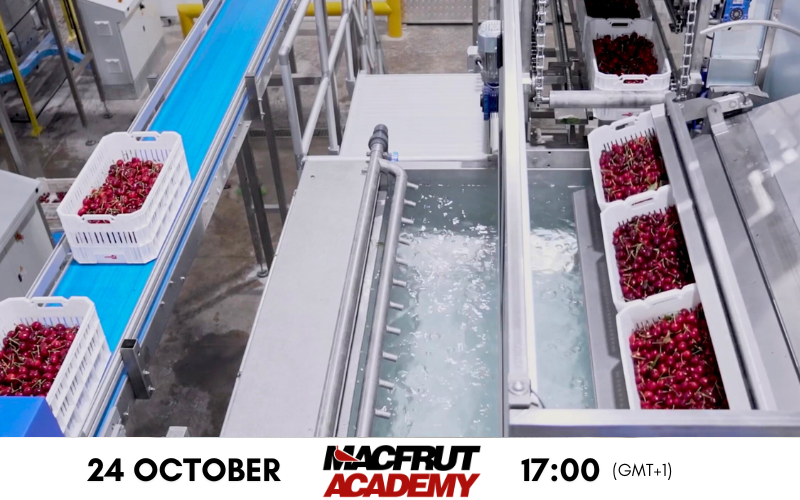The cherry season in the renowned Valle del Jerte, in Extremadura, started a few weeks late due to the abundant spring rains. Nevertheless, production forecasts remain optimistic.
What is making headlines, however, is the opening of the Chinese market to Spanish cherries, thanks to a recently signed bilateral agreement between Madrid and Beijing.
José Antonio Tierno, president of the Protected Designation of Origin “Cereza del Jerte” and of the Agrupación de Cooperativas del Valle del Jerte, describes this new opportunity as “an exciting but complex prospect.”
He emphasizes that China represents a market profoundly different from Europe, requiring strict adaptation to the specific export protocol.
An attractive market
“Access to new markets is essential for a sector that competes strongly at the European level,” says Tierno, noting that Spain – excluding Turkey – is the main cherry producer on the continent.
However, the past experience with plum exports to China calls for caution: “At first it seemed like a success for Extremadura, but it didn’t have lasting results. With cherries, we need to keep our feet on the ground.”
Tierno therefore urges that this new path be seen as a process to be built over time, without unrealistic expectations.
Opening the Chinese market would also benefit other Spanish cherry-growing regions, potentially reducing pressure on traditional European markets – which are still the main destinations for Jerte’s exports, with the United Kingdom leading among non-EU countries.
Outlook for 2025
On the production front, 2025 promises a medium-to-high yield campaign. “If the weather helps us, we could reach 40–45 million kilos,” says Tierno.
Despite the rains, the bloom was favorable and the harvest is expected to peak in the second half of May, with the first certified cherries anticipated from the 15th of the month.
A notable development is the inclusion of three new varieties in the PDO specification – Burlat, Van, and Lapins – which will extend the commercial calendar through mid-August.
“It’s a step forward to ensure the presence of our origin brand in the market for a longer period,” explains Tierno, while still recommending a gradual approach.
Structural challenges
Alongside commercial opportunities, the sector continues to face structural problems. At the top of the list are the shortage of seasonal labor and the need for adequate housing for workers.
Additional issues include agricultural insurance – deemed insufficient – and a greater need for support in mountain agriculture.
“Our agriculture is not industrial: we contribute to environmental protection and land stewardship. Concrete recognition and support policies are needed to ensure sustainability and encourage generational renewal,” concludes Tierno.
Source text and image: valenciafruits.com
Cherry Times – All rights reserved












